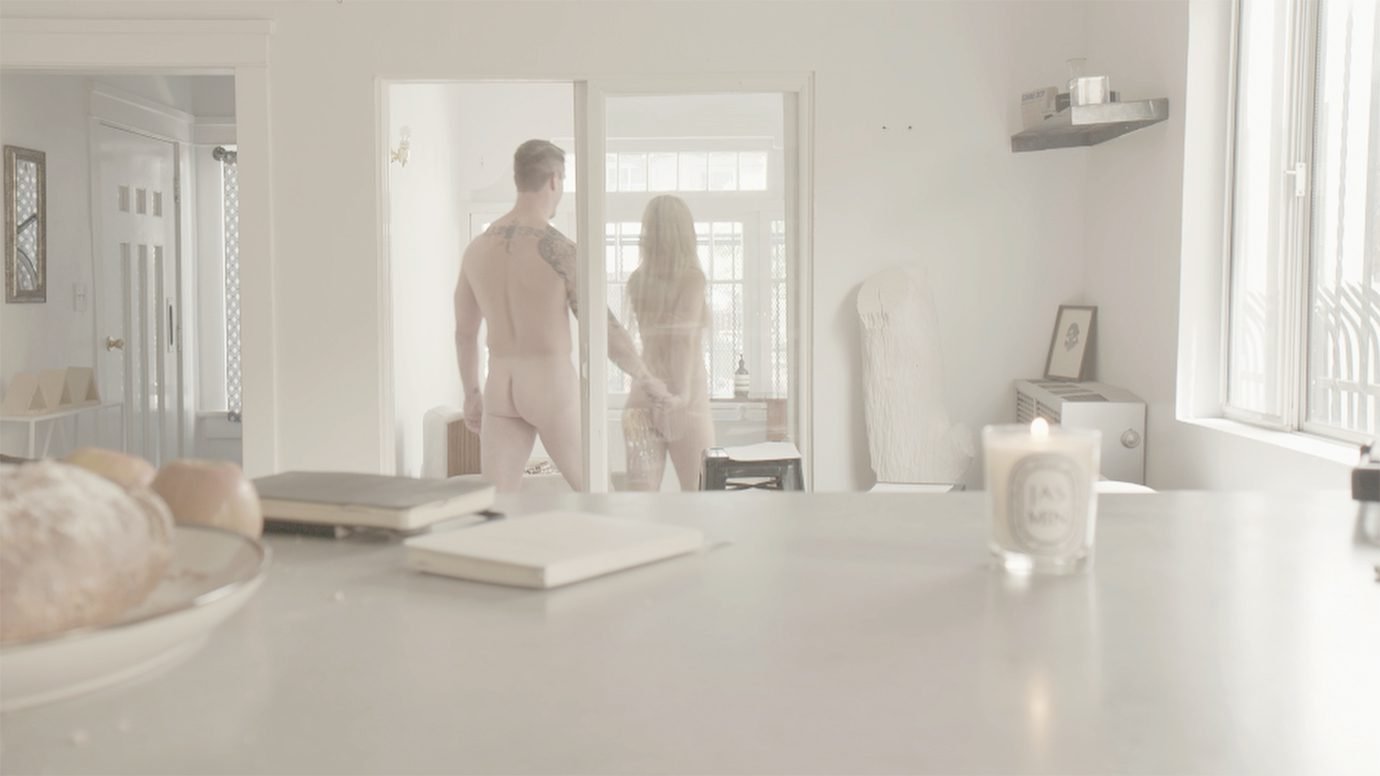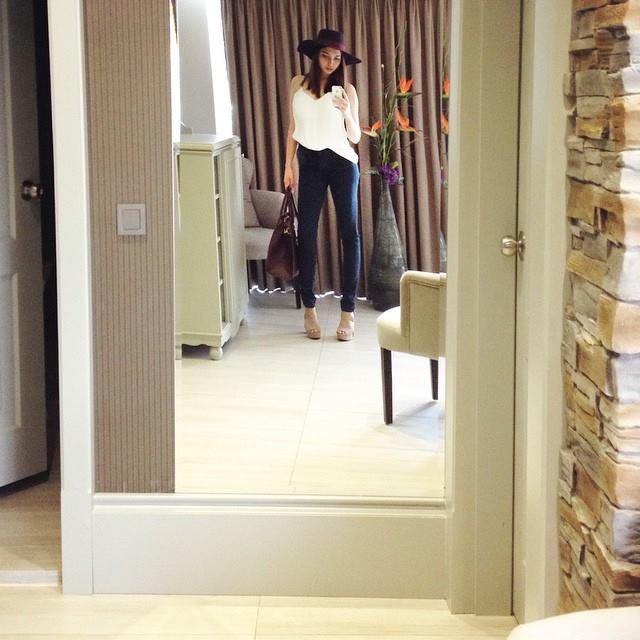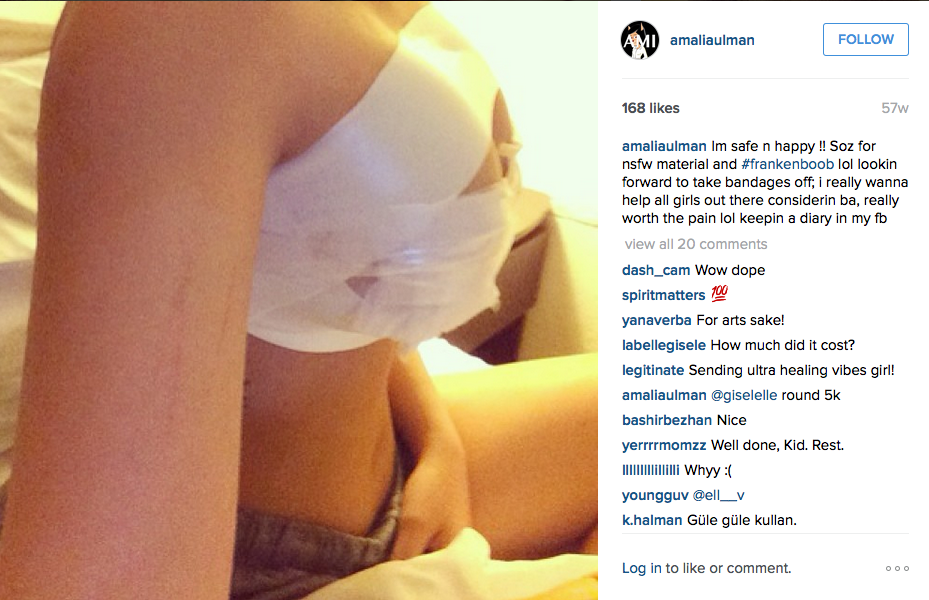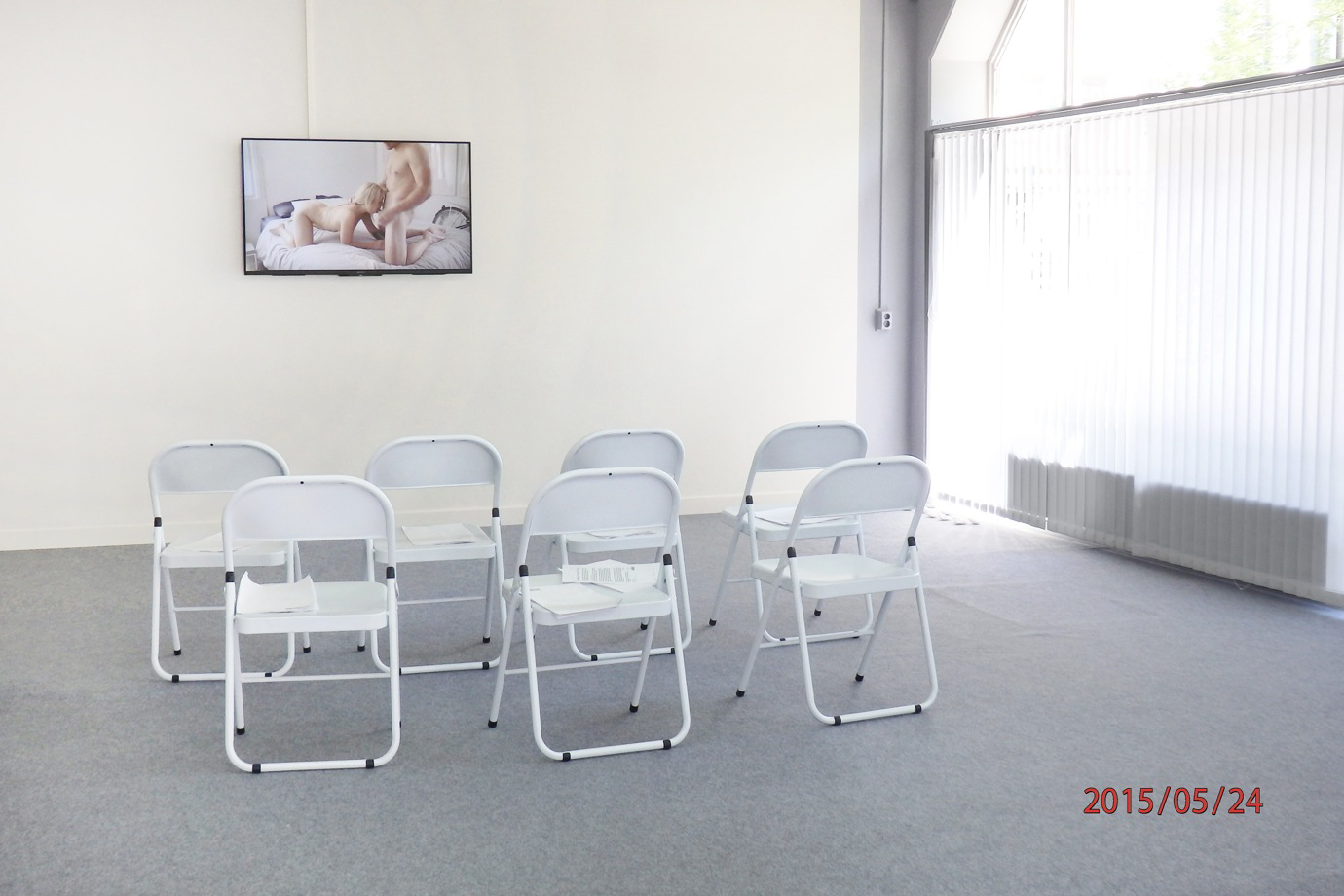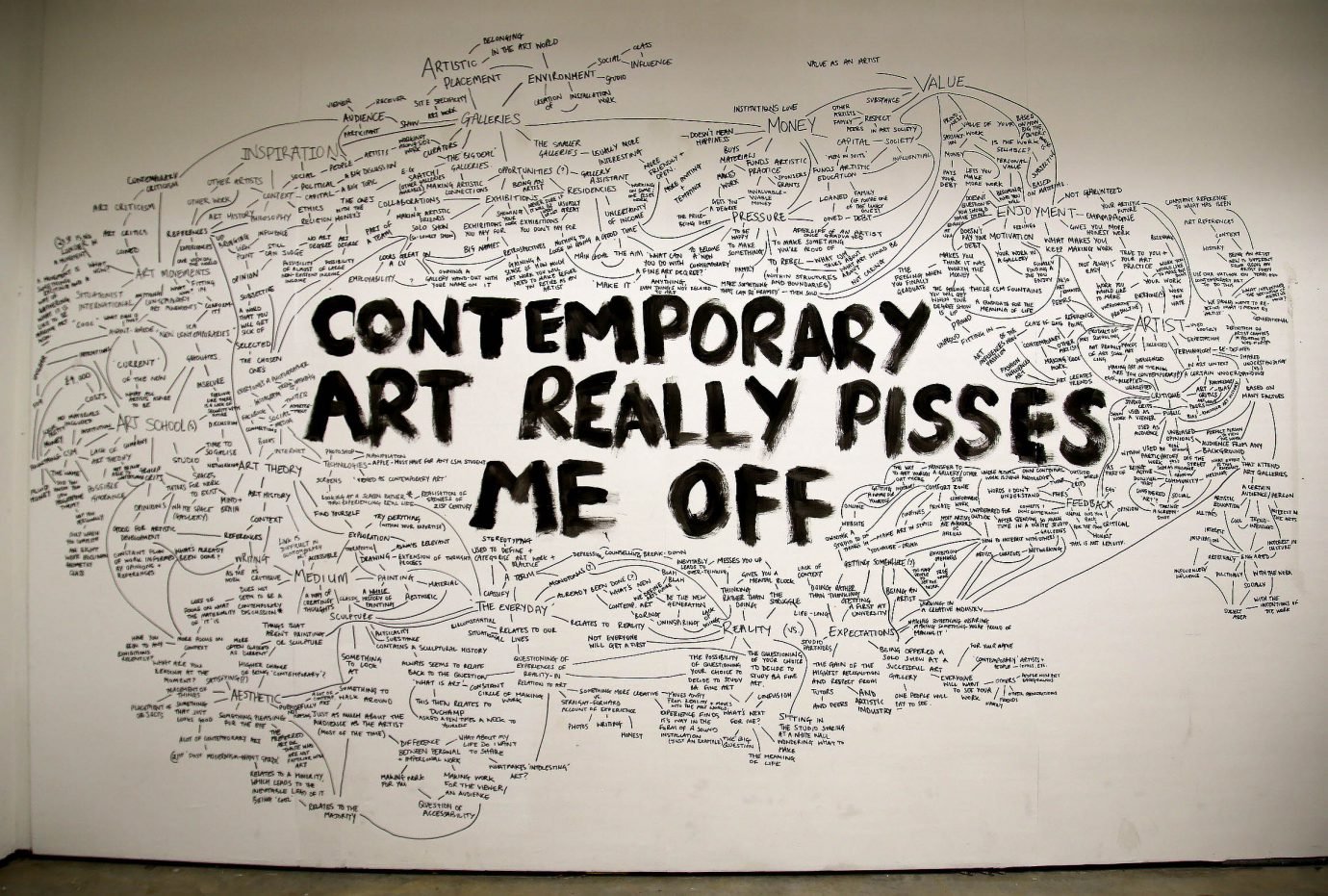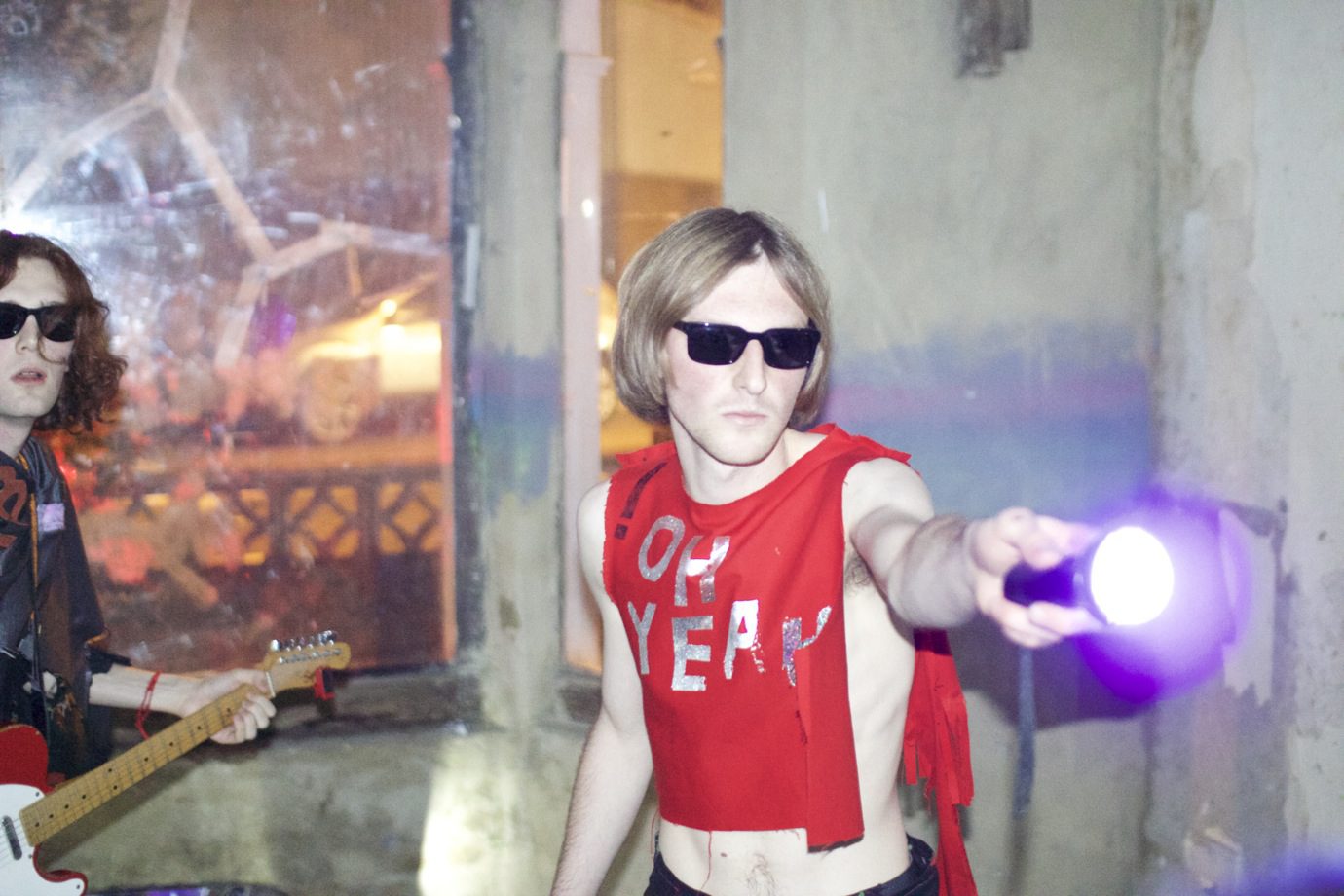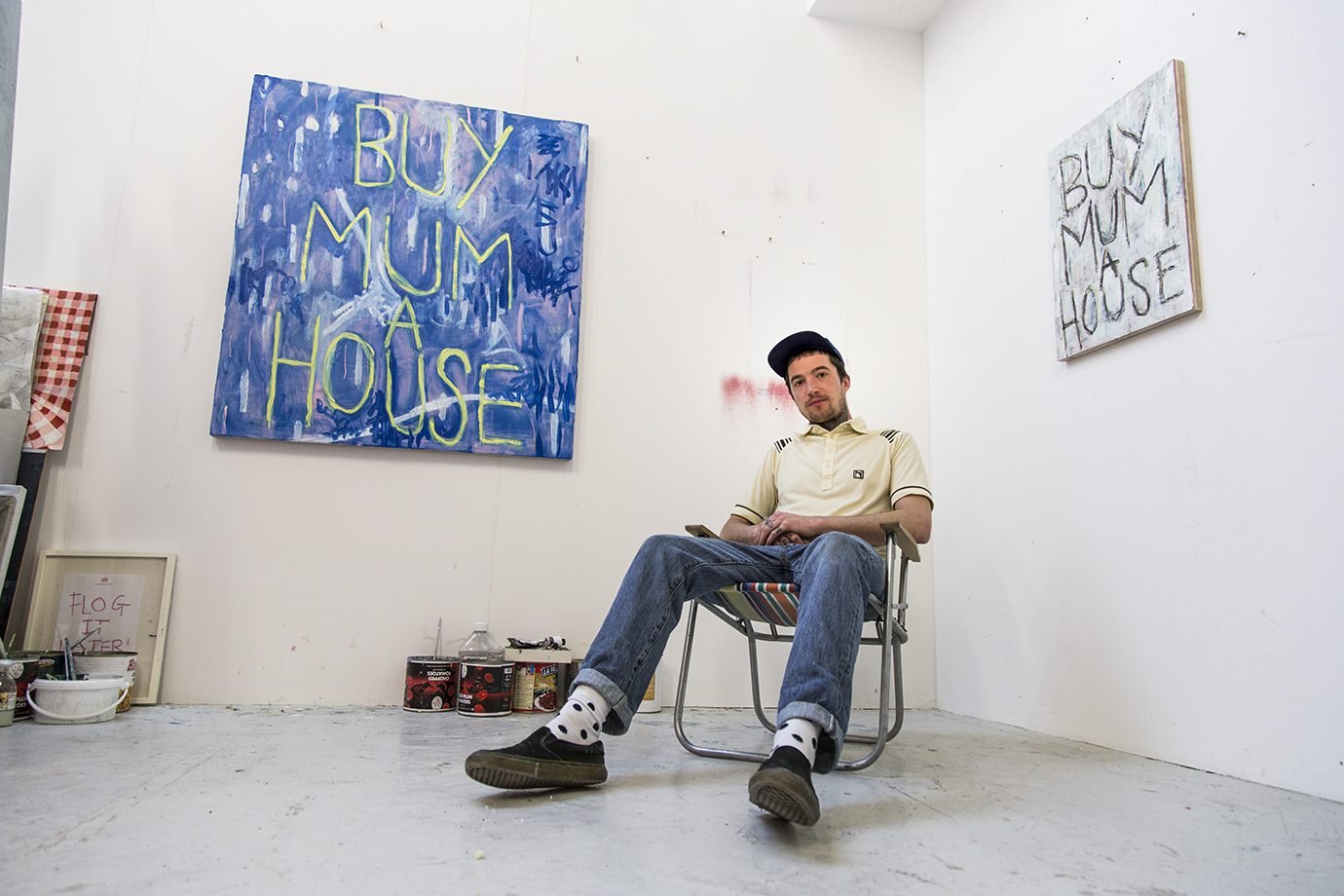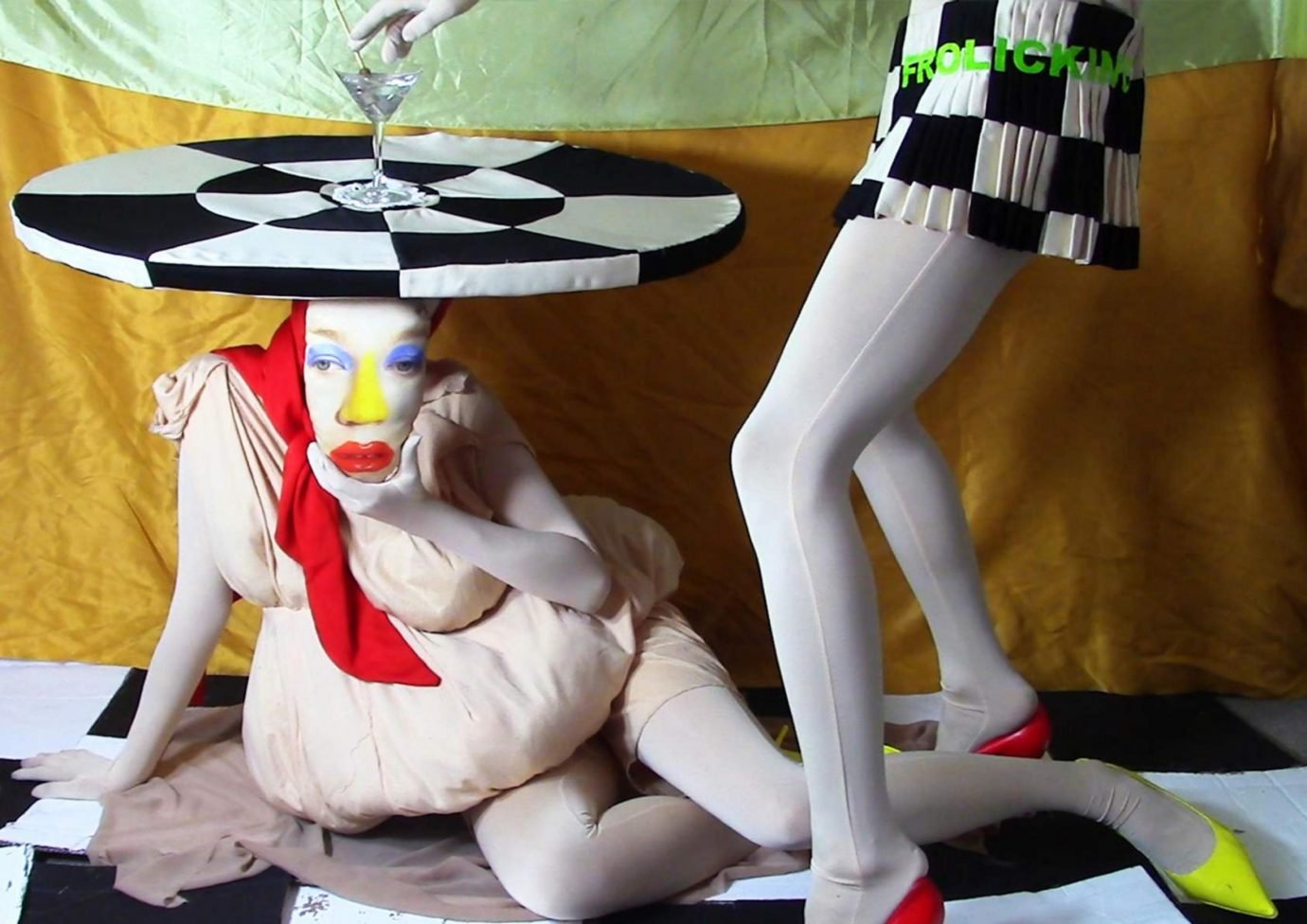For Amalia Ulman, a young, provincial girl from Spain, attending art school in London served as a quench to her thirst for the big city and what she believed it had to offer: fashion and the pleasures of the petite bourgeoisie. “I wanted to run around in heels and ride on the top of a double decker bus,” she explains in an interview via e-mail. Prior to her decision to attend Central Saint Martins (which she had decided on through a simple Google search of “art school London”), Ulman was about to undertake a completely different path by attending a BA on the restoration of Antique Books taking place in the mountains of Gijón, Spain, where she grew up. “When I went for the interview we were three applicants for 10 available spots. On top of that, the buses would only pass by the facilities, which consisted of an old village primary school, every 3 hours. I felt as if I was falling into a void. The thought of having to spend 3 years with the same 4 classmates repairing books from the Middle Ages made me nauseous.”
Despite having to take a year off to work and save up in order to move, Ulman admits that it was by living in London that she ‘learned to hustle on a whole other level.’ “I spent most of time in art school trying to survive. I didn’t have much time to think, to study, or to pay attention. I couldn’t have fulfilling conversations with the tutors because I was always on the go, from one stupid retail job to the next, with constant headaches because I was living on rations of boiled rice.” Of course, she wishes that things had been different. “I would have been much happier and I wouldn’t have come across as such a weirdo to my classmates and teachers.”
Nonetheless, Ulman had gotten a job as a shelver at the library, which was also her favourite job amongst the various retail jobs she worked and served as her main source of income. “Working at the library was the most precious form of research”, she says. “By being a shelver I was always rewarded by other people’s researches: the selection of books in the trolleys were truly randomised and I discovered a bunch of jewels this way.”
“CONSUMERISM, IN THE IMAGE BASED SOCIETY WE LIVE IN, CANNOT BE DESTROYED;
NOT UNLESS WE TURN OUR SET OF VALUES UPSIDE DOWN.”

